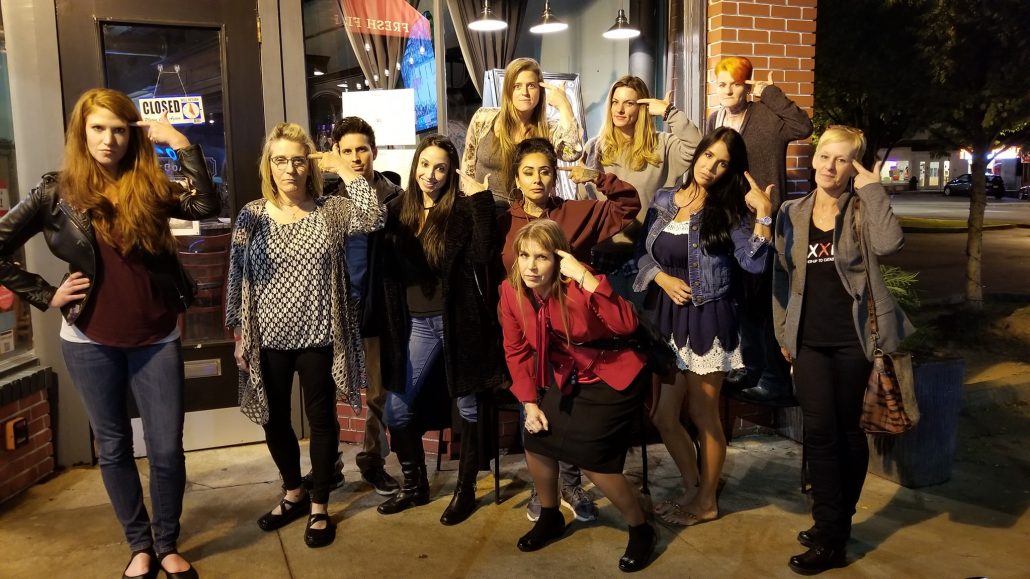How Controlled Opposition Turns Outrage Into Obedience



The room smells of coffee gone cold. Papers spread across the table, headlines bleeding into each other, names I once trusted now reading like code words. I hear echoes—cheering crowds, the hollow clap of hands in auditoriums, parents sobbing into microphones. Their grief was real. The stage was not.
Controlled opposition. Orchestrated dissent. Pseudo-resistance. Words that sound academic until you feel them press against your ribs like a hidden hand. It’s not theory when you’ve lived it—it’s texture, noise, memory.
I remember the red X on the side of the bus, shining under cheap halogen lamps in a parking lot somewhere in middle America. Mothers lined up with Sharpies, scratching their children’s names into the paint, their tears catching the glow of the taillights. A ritual. A release. A siphon. Their pain harvested. And the men with the microphones? They didn’t look like villains. They looked like friends.
That’s the trick.
The opposition is never destroyed. It’s purchased. Branded. Managed.
It tastes like metal in the mouth—like betrayal.
It sounds like a chant that never leads to action.
It feels like déjà vu, because the script was written long before you ever showed up.
Controlled opposition doesn’t storm the gates. It builds them. It doesn’t silence the truth—it choreographs it, doles it out in palatable doses so the crowd cheers instead of revolts. And all the while, the machine hums on, untouched.












